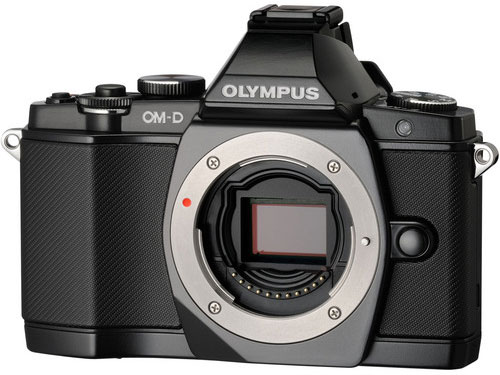EXCERPT page containing first few paragraphs. 2024-04-24 21:42:03
UA_SEARCH_BOT_compatible_botmozilla/5.0 applewebkit/537.36 (khtml, like gecko; compatible; claudebot/1.0; +claudebot@anthropic.com) @ 3.133.109.30
For full access, subscribe here. Or click title to login. ![]()
Noise Behavior on Real Images
One can look at fixed examples that are very well exposed under daylight balance and conclude that the E-M5 has reasonable levels of noise.
But after shooting in the field extensively as well as using new cameras like the Sony RX100, it is my conclusion from field work that the sensor in the Olympus E-M5 is at least a year if not two years behind state of the art. In practice, it is an ISO 200 camera ONLY, and often even ISO 200 is unreasonably noisy (depends on the color of subject matter and lighting).
The good news is that pattern noise seems to be absent from the E-M5. Grainy noise can be dealt with; pattern noisy is ugly and hard to deal with.
What I mean by “ISO 200 only” is that ISO 200 is the only ISO that can be used for a variety of subjects without risking problematic levels of noise (assuming one wants to sharpen!). Even ISO 320 starts to show significant degradation over ISO 200, as in this White Mountains post-storm image with a blue horizon where the details are quite grainy even in some brighter areas; it is a gritty look that is borderline problematic in terms of squelching fine details (comments refer to actual pixels, not the 50% image).
Article continues for subscribers...
Diglloyd Guide to Mirrorless is by yearly subscription. Subscribe now for about 25 cents a day ($90/year).
BEST DEAL: get full access to ALL 8 PUBLICATIONS for only about 75 cents a day!
Diglloyd Guide to Mirrorless offers comprehensive integrated coverage of most APS-C and full frame mirrorless cameras and lenses.
Special emphasis is placed on Sony full-frame, including Sony lenses and the high performance Zeiss Batis and Zeiss Loxia lenses plus Rokinon/Samyang and others. Fujifilm X, Olympus and Panasonic M4/3, Sigma dp Merrill and dp/sd Quattro are also covered in depth. Years in the making, it offers a wealth of material for choosing and using a mirrorless camera.
- Make better images by learning how to get the best results right away. For example, the best way to set up your Sony camera.
- Save money by choosing the right lens for your needs the first time, particularly with the numerous lenses available for Sony.
- Make better images, a sort of “cheat sheet” saving yourself months or years of ad-hoc learning—best practices and how-to and processing parameters are discussed and shown.
- Jaw-dropping image quality found nowhere else utilizing Retina-grade images up to full camera resolution, plus large crops.
- Real world examples with insights found nowhere else. Make sharper images just by understanding lens behavior you won’t read about elsewhere.
- Aperture series from wide open through stopped down, showing the full range of lens performance and bokeh.
- Optical quality analysis of field curvature, focus shift, sharpness, flare, distortion, and performance in the field.
Want a preview? Click on any page below to see an excerpt as well as extensive blog coverage, for example on Sony.


